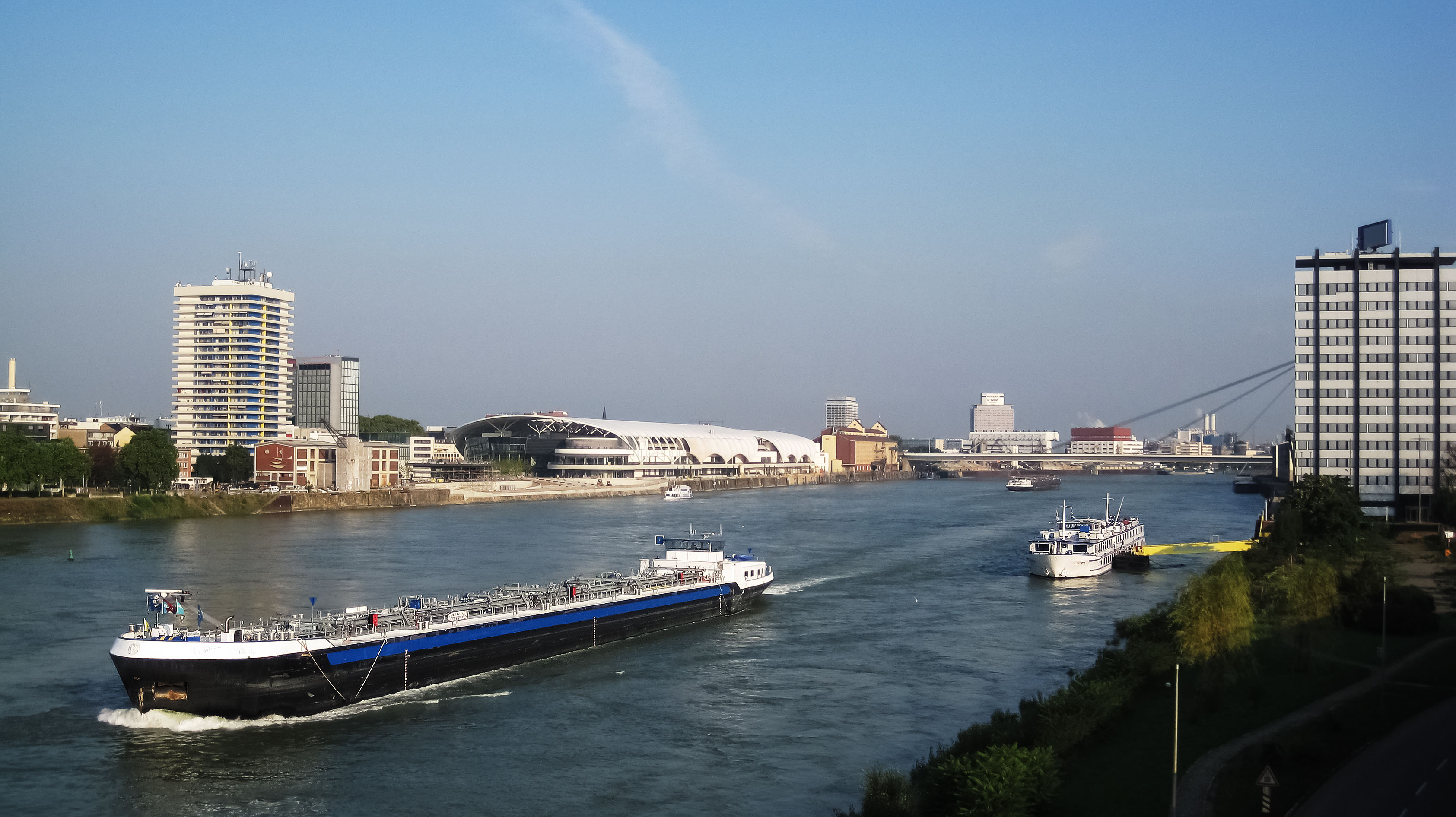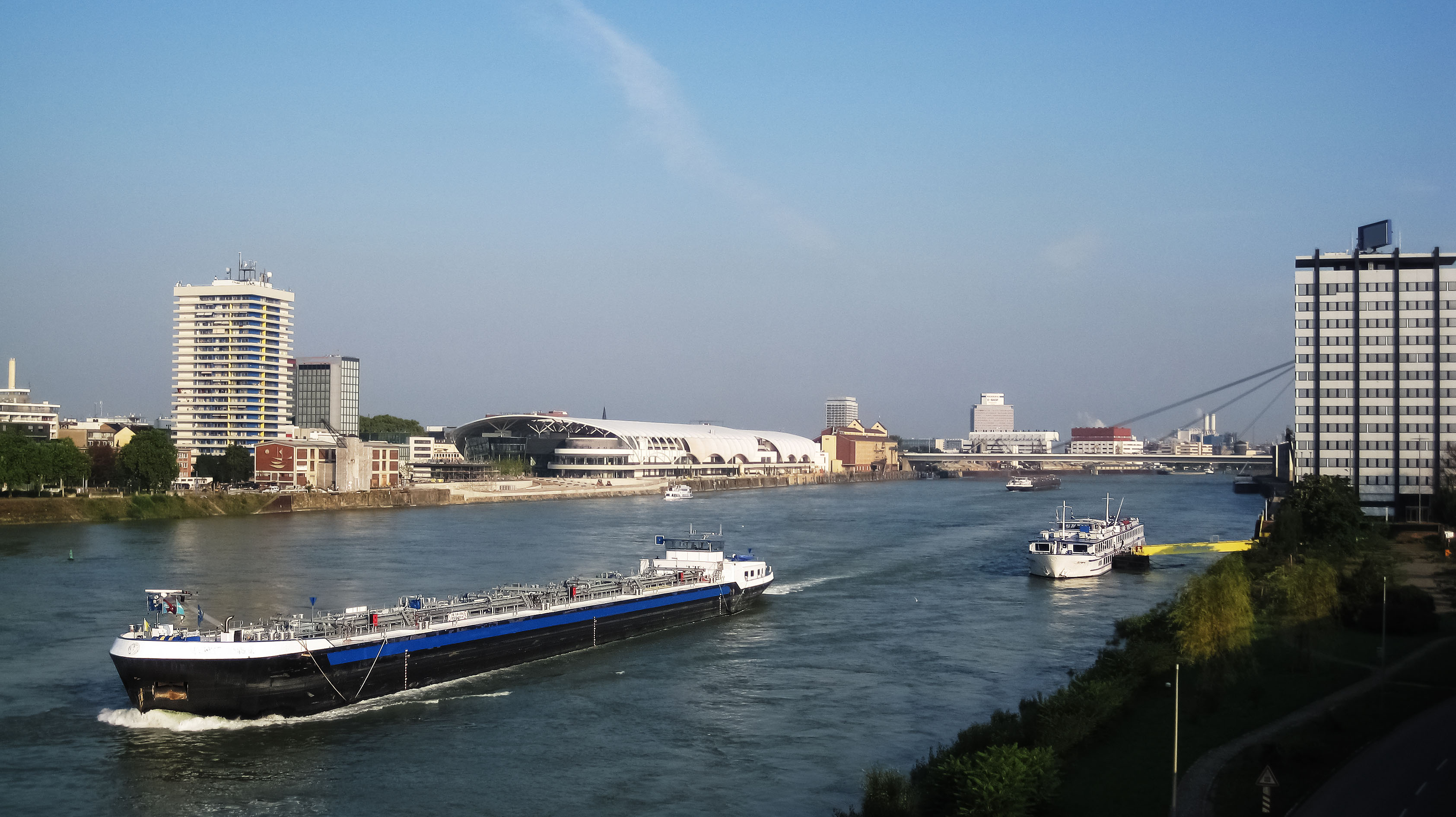

NEWS
ADN 2025: Key Changes, Impacts, and Ensuring Compliance
The European Agreement concerning the International Carriage of Dangerous Goods by Inland Waterways, commonly known as ADN, is the key framework governing how hazardous substances are transported on Europe’s rivers and canals. A new biennial revision, ADN 2025, took effect on January 1, 2025, bringing updated rules and stricter guidelines for safer inland shipping. Industry stakeholders such as terminals, barge operators, and shippers now face the urgent task of understanding these changes and ensuring full compliance before the July 1, 2025 enforcement deadline.
In this article, we explain what ADN is (and the roles of UNECE and CCNR), summarize the key changes in ADN 2025, discuss the implications for different stakeholders, and emphasize why timely compliance is essential. We also outline how UAB-Online’s digital platform supports compliance with the new rules, underscoring broader themes of innovation, collaboration, and safety in our industry.
What is ADN, and Who Are UNECE and CCNR?
ADN stands for the European Agreement concerning the International Carriage of Dangerous Goods by Inland Waterways. Established in 2000 under the joint auspices of the United Nations Economic Commission for Europe (UNECE) and the Central Commission for the Navigation of the Rhine (CCNR), ADN provides a unified legal framework to ensure dangerous goods are transported safely on inland waterways. It entered into force in 2008 and is updated every two years to keep pace with industry developments.
The core objectives of ADN are clear: to ensure a high level of transport safety and prevent pollution on inland waterways, while also facilitating trade through harmonized rules. In practice, this means all parties including vessel operators, terminals, and shippers follow the same strict standards for classifying, packaging, and handling dangerous substances.
UNECE and CCNR jointly oversee ADN: UNECE hosts the committees that develop the rules, and CCNR contributes technical expertise, especially for the Rhine. This partnership ensures broad international cooperation to keep inland navigation safe.
What’s New in ADN 2025?
ADN 2025 includes several important amendments compared to the 2023 edition. Key changes include:
1. New entries in the Dangerous Goods List
Additional UN numbers have been introduced to cover emerging substances and technologies. These include sodium-ion batteries and fire suppressant devices. By explicitly listing these, ADN 2025 ensures they are correctly identified and handled.
2. Updated labeling and provisions
Some newly listed goods require new labels and special handling instructions. Shippers must use the correct new identifiers and follow updated provisions for these substances.
3. Alignment with global standards
ADN 2025 is now aligned with the 23rd edition of the UN Recommendations on the Transport of Dangerous Goods. This ensures consistency across modes such as road, sea, and inland waterways and simplifies multi-modal compliance.
Implications for Terminals, Carriers, and Shippers
Terminal Operators
Terminals should update procedures and documentation to reflect ADN 2025 and brief all staff on the changes. New hazard classes and labels must be incorporated into checklists and emergency procedures.
Barge Operators
Carriers must ensure their crews are trained and their vessels compliant. Documents must reflect the latest rules, and operators should verify that all goods are correctly labeled and classified before departure.
Shippers
Shippers must update product classifications and shipping paperwork to use the new UN numbers, hazard labels, and documentation language. Internal teams should be trained on the new requirements to avoid non-compliance.
Why Compliance by 1 July 2025 Matters
With the enforcement date just around the corner, it is essential that all stakeholders are fully aligned with the ADN 2025 requirements. Delaying action at this stage puts your operation at real risk of delays, penalties or safety issues.
If you have not yet completed the transition to ADN 2025, now is the time to act. Final checks, documentation updates and team briefings must be completed without delay to avoid disruption starting 1 July.
How UAB-Online Helps You Stay Compliant
At UAB-Online, we ensure your operations stay compliant with the latest regulations through smart digital solutions:
1. Fully updated for ADN 2025
Our platform has integrated all changes from ADN 2025, including new UN numbers, classifications, and documentation rules.
2. Built-in compliance checks
If you enter outdated or incomplete data, UAB-Online flags it automatically and guides you toward correction.
3. Digital document workflows
All forms, from pre-arrival notices to unloading checklists, are aligned with ADN 2025. You can generate, review, and sign compliant documents electronically.
4. Real-time user support
Tooltips and help features inside the platform guide users through any regulatory changes, and our team is always available to support you.
By embedding ADN 2025 into our workflows, we help you stay compliant without the paperwork burden. Your operations stay safe, efficient, and audit-ready.
Conclusion
ADN 2025 marks an important step forward in the safety and environmental performance of inland waterway logistics. Full enforcement starts on 1 July 2025.
Whether you manage a terminal, operate a barge or ship hazardous goods, staying compliant means staying up to date with changing regulations. ADN 2025 brings important updates that require immediate attention.
Make sure your systems, documentation and teams reflect the latest requirements so that your operation continues to run safely, efficiently and legally.
UAB-Online makes this easier. Our platform is fully updated with ADN 2025, offering automated checks, digital workflows and always up-to-date documentation support.
Need support?
Reach out to our team or schedule a quick demo. We are here to help ensure your operations are ADN 2025 ready and stay that way.

